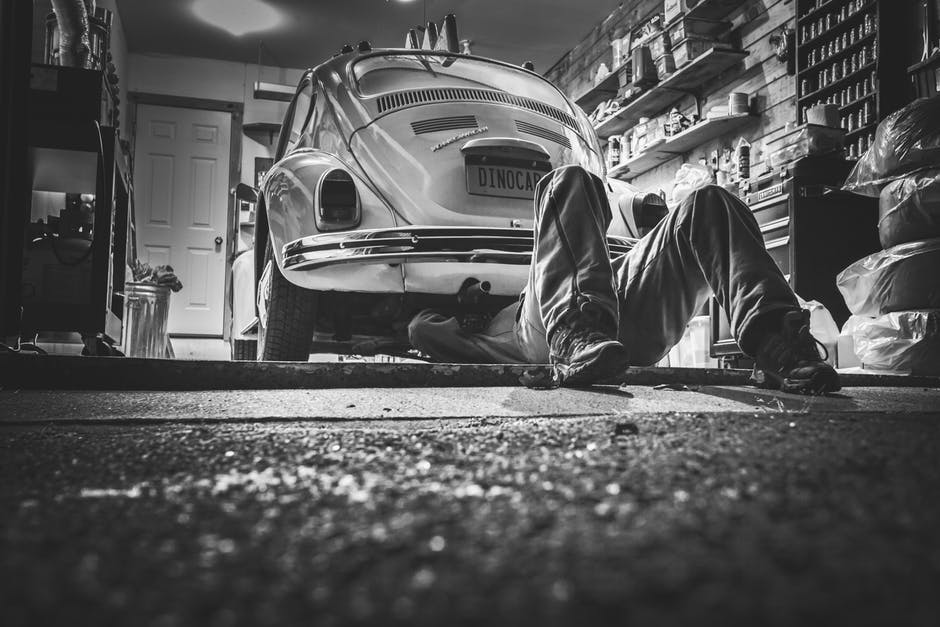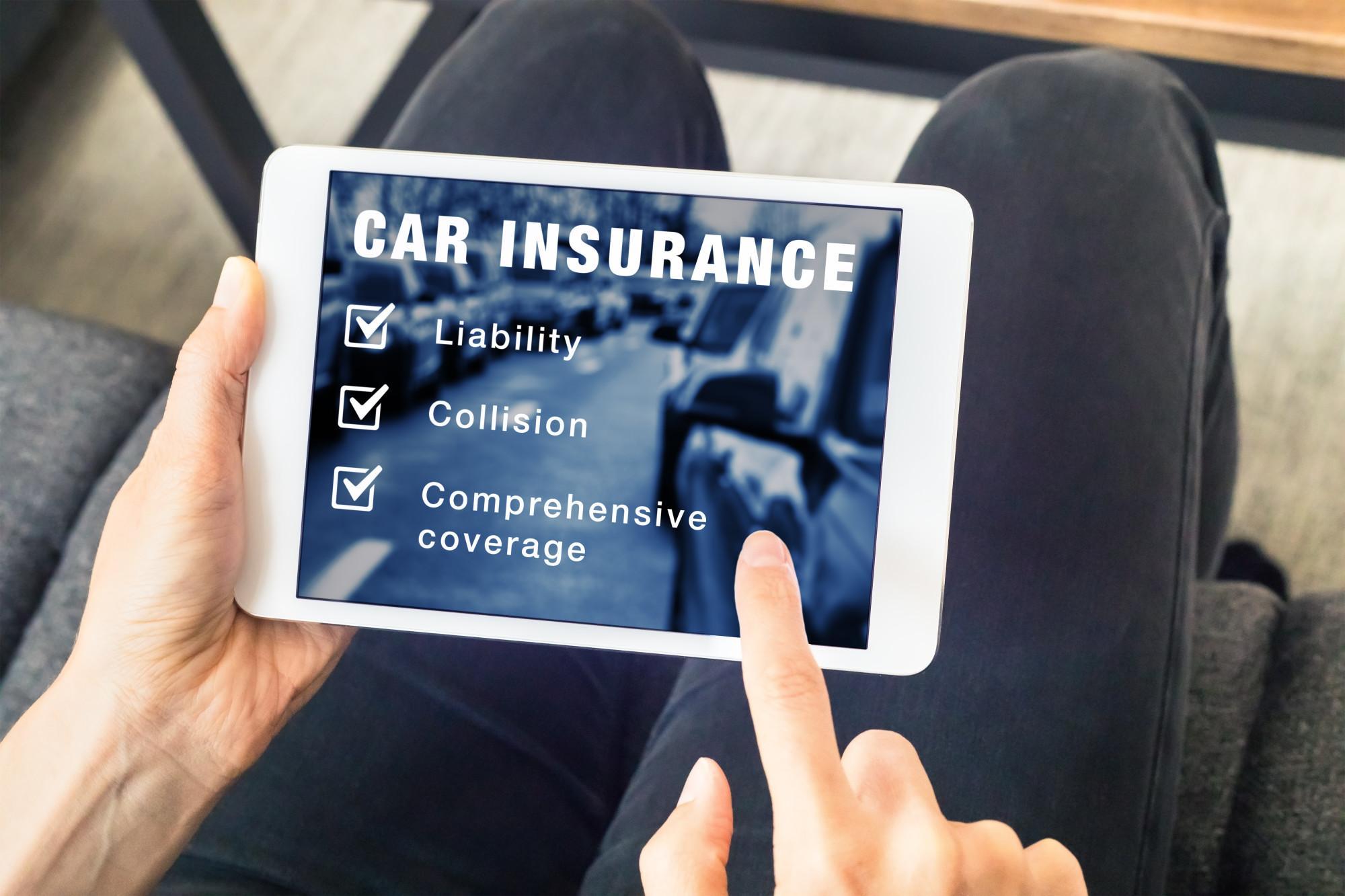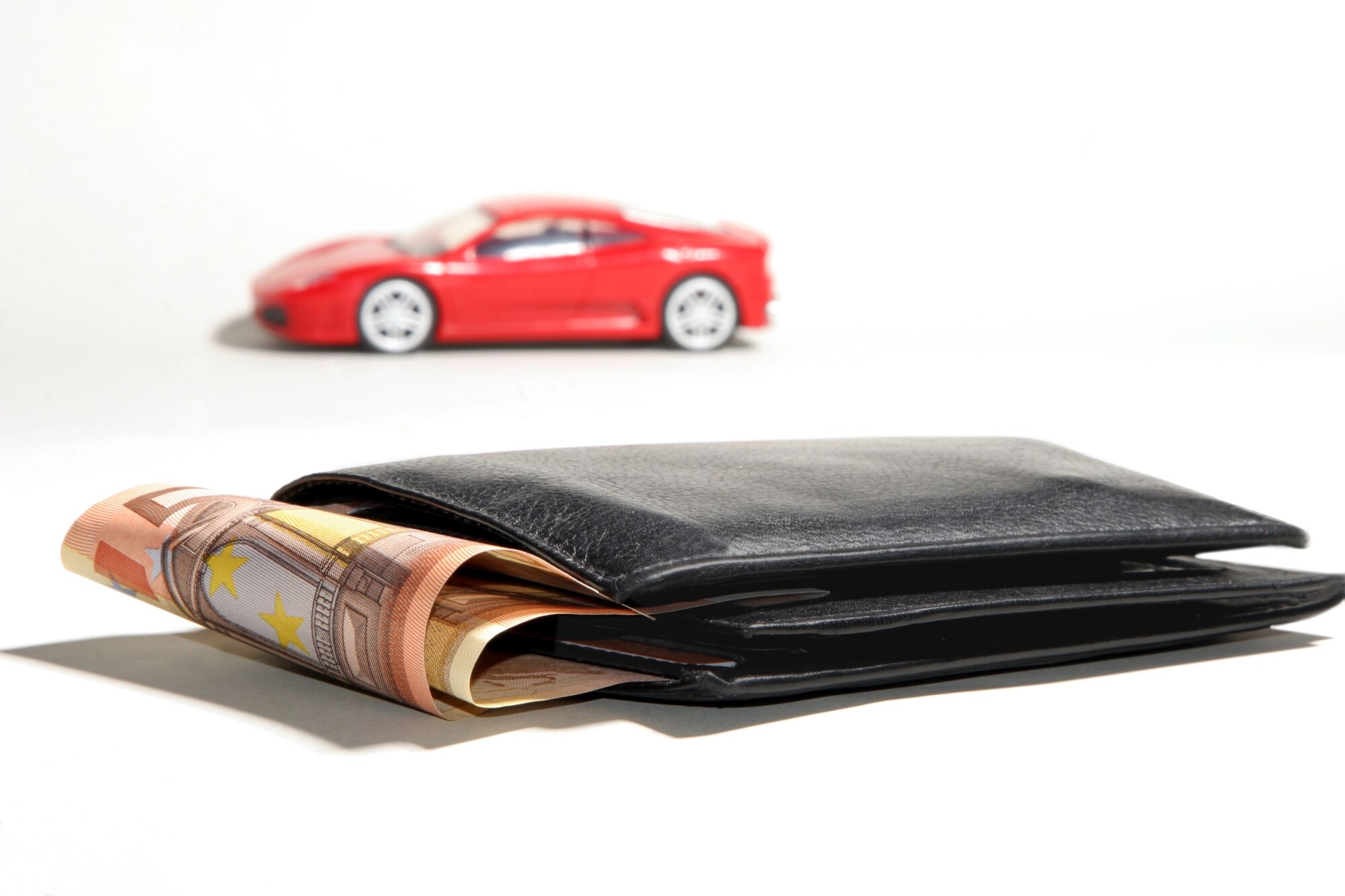
When it comes to cars, new advancements in technology make them safer every year. But since the average car owner keeps their car for about 6 years, the car they’re driving likely isn’t as safe as it could be.
If you’re like most drivers, you want to keep your car for as long as possible, but you don’t want to sacrifice safety to do it. Luckily, there are a few simple DIY auto repair tasks you can do to help you stay safe on the road for years to come.
Here are some of the easiest and best ways to make your car safer without trading it in for a new model.
1. Follow Your Car’s Maintenance Schedule
As a daily driver, you likely know the importance of regular oil changes and tire rotations. But that’s only the beginning when it comes to keeping your car in good shape.
Your car’s manufacturer has a clearly outlined maintenance schedule that will help keep your car running optimally. Follow it as closely as possible.
If you’re not sure what you need to do for your car, contact your dealership and get their advice. Remember, you don’t have to go to them for repairs—you can handle many of them on your own or work with an independent mechanic.
The important thing is to maintain your car at the manufacturer’s recommended intervals. This will help prevent unexpected breakdowns and can keep you safer on the road.
2. Keep Your Tires Inflated
The tires are one of the most-used components of your car and they’re constantly exposed to changing temperatures. This can cause them to lose pressure.
While you can drive on low tire pressure, it’s far from the best idea. Underinflated tires increase your risk for blowouts when you least expect it.
When those blowouts happen in the middle of a busy road, you’re at risk for an accident. The last thing anyone wants to deal with is a car accident brain injury from an incident that you could easily prevent.
Check your tire pressure once every two weeks and give them some air if they’re low.
3. Replace Your Windshield Wipers
Unexpected rainstorms can happen at any time of year. If your wiper blades are in bad shape, they won’t make it easier to see when you’re driving.
Check your windshield wipers for wear and tear every month and replace them as soon as you notice the rubber cracking or breaking down. You can also monitor them for damage by running the wiper fluid and seeing if the blades clear the liquid away.
You don’t have to stick with the type of blades you’ve used in the past. Just make sure to buy the right size for your make and model and follow the directions on the package for the installation.
4. Clean Your Battery
Batteries get dirty quickly and that dirt and grime can lead to corrosion and damage. Even a small amount of corrosion can keep the connections from working properly. When this happens, the battery won’t be able to start your car.
The best thing you can do is clean your battery a few times a year.
Use a corrosion remover and a stiff wire brush to scrub the gunk away. If the buildup is too severe or you’ve noticed that the battery isn’t holding a charge, replace it.
5. Install a Phone Mount
Distracted driving is a major issue and the number one culprit is your cell phone. To be as safe as possible, you need to keep both hands on the wheel and your eyes on the road.
When you’re busy picking up your phone and staring at the screen, you’re not paying attention to the traffic around you. Installing a phone mount will help you keep your hands off your phone while also letting you pay attention to your GPS app without forcing you to look down.
Even with the phone mount installed, remember not to answer texts and calls while you’re driving. It can always wait until you find a safe place to park.
6. Add a Backup Camera
When you’re backing up, it’s hard to see everything that’s behind you. Unfortunately, small children, pets, and obstacles can hide behind your trunk. You won’t know they’re there until you hit them.
The best way to improve your car’s safety is to install a backup camera. The camera gives you a nearly 180-degree view of the area behind your car. Though it’s not a substitute for your mirrors, it can help you prevent accidents every time you leave a parking space.
7. Check Your Lights
Have you ever driven down the road and nearly hit a car just because they didn’t have their lights on? It happens more often than you might think.
Unfortunately, those drivers often don’t know that their lights aren’t working properly. Why? Because they don’t check them.
Every month or so, check your lights and run them through their cycles. If you see a bulb flashing or notice that one’s not turning on, replace the bulb.
8. Top Off Your Fluids
Every car has a system of fluids that help keep the engine and its components working. The longer your car runs, the more those fluids get used up.
Every few months, top off the fluid levels in your car. If the fluids look dirty, you may need to drain out what’s left and refill it with new manufacturer-recommended fluids.
Clean fluids help ensure that your car can run efficiently and reduces the risk of breaking down while you’re on the road.
These DIY Auto Repair Tasks Will Make Your Car Safer
When it comes to DIY auto repair, a few simple changes can make all the difference in how safe your car is. These are just a few of the simple things you can do to make your car safe and more efficient.
But if you’re ever unsure of what to do, don’t risk botching a DIY repair. Take your car to a trusted local mechanic and let them fix the damage.
Looking for more helpful tips to improve your driving experience? Check out our latest posts.




